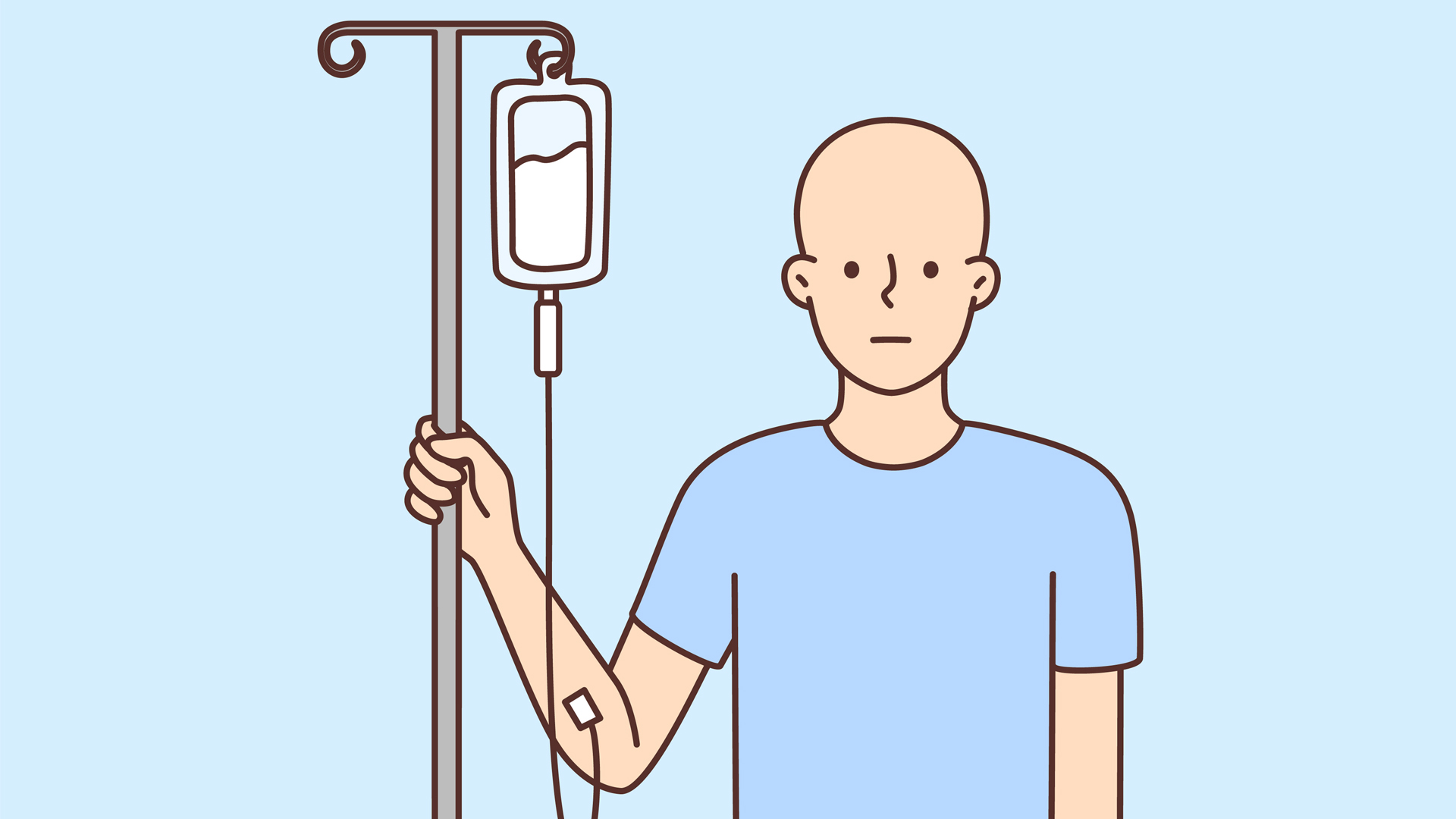
One of the arguments that we have been hearing against increased privatization of the health-care system, from Roy Romanow among others, is derived from the idea that medical care should not be treated as a ”œcommodity.”
This argument has received sur- prisingly little scrutiny, despite the important role that it plays in struc- turing the recommendations of the recent Romanow report. This is unfor- tunate, since not only is it bad argu- ment, but one that actually obscures the rationale for the current public system.
In principle, there is nothing wrong with the claim that some par- ticular good or service should not be treated as a commodity. There are two central cases in which such a claim seems to me justifiable. The first is when informal systems of co-opera- tion and reciprocity are able to secure a superior level of provision.
The second major argument against commodification involves the observation that certain types of goods are so closely connected to the integri- ty of persons that the buying and sell- ing of them is inconsistent with human dignity. Goods of this sort are by their very nature unsuited for pur- chase and sale. Furthermore, the cre- ation of markets for them creates per- verse incentives to violate the integrity of persons. This is why we do not buy and sell transplant organs.
It seems to me quite obvious, how- ever, that health care does not fit easily into either of these categories. Instead, the argument that is usually given against commodification appeals to the intuition that medical care should be distributed according to need, and not according to ability to pay.
There is a hint of demagoguery about this claim, since there is no reason that the two principles need diverge. After all, people tend to spend their money on things that they need. Food and clothing should also be dis- tributed in accordance with need – but this is precisely why we have a market for these goods. ”œBut what about the needs of people with no money?” comes the natural reply. Here we must tread carefully. The mere existence of poverty is not an argument for social- ized medicine, any more than it is an argument for socialized food. It is an argument for income supports and poverty relief. The argument from poverty fails to capture what is distinc- tive about health care, what justifies public provision.
It is at this point that we can start to see how the anti-commodification argument obscures the genuine ration- ale for the public health-care system. The important difference between food and clothing, on the one hand, and medical care, on the other, is that it is extremely easy for individuals to predict their need for food and clothing, and to budget accordingly. Medical expenses, on the other hand, are extremely unpre- dictable. Disaster can strike at any time, and even the most prudent individual may not be able to set aside an appro- priate amount to pay for care.
This is why health care, unlike food and clothing, is paid for almost exclusively through insurance systems (or, as is increasingly the case in the United States, through large, highly diversified health management organ- izations). It is the uncertainty that attaches to the consumption of med- ical care that constitutes the dominant characteristic of these markets. It is also what provides the primary ration- ale for public provision.
Markets for private health insur- ance are subject to extremely severe adverse selection problems. This gen- erates enormous transaction costs at best, complete market failure at worst. The Canadian ”œsingle-payer” system eliminates these inefficiencies in one fell swoop, by creating a single manda- tory universal plan. However, it is extremely important to the structure of the Canadian system that the gov- ernment delivers health insurance as a public good, not health care. And the reason that government provides insurance of this type is not that there is something intrinsically wrong with buying and selling insurance, it is that markets fail to do so efficiently.
Focusing on the role of insurance also shows how misleading it is to put emphasis on the principle of distribu- tion according to need rather than ability to pay. All insurance systems, whether public or private, distribute resources according to need. Car insur- ance provides new cars to people who ”œneed” them, i.e., those who just totalled their old ones. Fire insurance provides new houses to people whose old ones burned down. But in neither case is state intervention necessary.
Thus it does not help the case for public provision of health care to appeal to the principle of distribution according to need. It merely distracts from the more powerful arguments that are available. Furthermore, the only way to understand what is wrong with certain proposals for two-tier systems is to see how they undermine the integri- ty of the public insurance mechanism. To speak as though health care were a pure public good in our society makes it all but impossible to distinguish between objectionable and unobjectionable forms of privatization.







